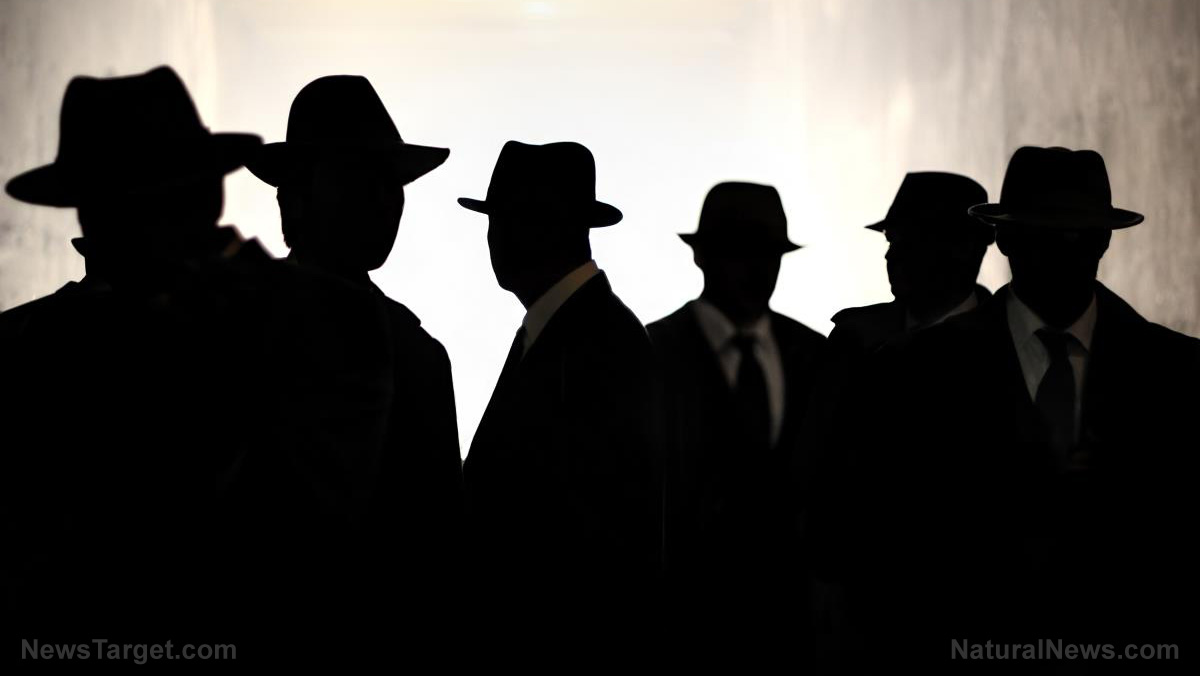
Archaeologists have discovered evidence that may prove the existence of Bethsaida, the biblical village where Jesus performed many miracles. The village lies today in ruins, over a mile from the Sea of Galilee, said the researchers.
The team started looking for Bethsaida's ruins more than 32 years ago. During this time, a few theories for the whereabouts of the town appeared including Et-Tell, an archaeological site in the West Bank, southern Israel.
Lead researcher Rami Arav of the University of Nebraska Omaha is confident that Et-Tell is the actual site of the lost village. According to Arav, they unearthed artifacts that correspond with the descriptions of Bethsaida by Roman historian Titan Flavius Josephus, as well as key biblical passages.
"Ancient sources place several requirements for the identification of Bethsaida," Arav said. "Finds in Et-Tell convinced not only me but a group of experts."
Et-Tell may be Bethsaida
Bethsaida is the biblical hometown of the disciples Peter, Andrew and Philip. It is known as the place where Jesus fed thousands of people with just five loaves and two fish. He also walked on water and restored a blind man's sight in the town.
However, the town would be cursed to destruction by Jesus. And while it did not meet a catastrophic fate, it was ultimately abandoned.
"[In] the 4th century, it was abandoned and without maintenance, the buildings collapsed," said Arav.
Clues to the location of Bethsaida are provided in historical writings. According to the Bible, Bethsaida was a fishing village – its name literally means "house of fish." This makes fishing artifacts a requisite for any site claimed by archaeologists as Bethsaida. Certain passages also revealed that it lay on the northeastern shore of the Sea of Galilee.
Bethsaida was further described in the writings of Titus Flavius Josephus. Josephus was a Jewish historian, scholar and priest who lived in the first century A.D. He was born in Jerusalem but moved back and forth from his birthplace and Rome. As a historian, he wrote books that chronicled the history of Jews.
For the study, Arav and his colleagues used the writings of Josephus and clues from the Bible to ascertain whether Et-Tell is indeed the former Bethsaida.
The team found striking correspondences between the two places. According to Josephus, Bethsaida was located in the lower Golan near the estuary of the Jordan River – the same location of Et-Tell. The village was later colonized by the Romans and was renamed "Julias" after Julia, the wife of the Roman emperor Augustus. The researchers, in turn, found a temple that was dedicated to her.
The researchers also argued that the name "Bethsaida" morphed into "Et-Tell" after several linguistic changes. Et-Tell was once known as "Zer," which can also be transcribed as "Tzed," a Hebrew word that means both fishing and hunting. The team claimed that this name evolved from Beit-tzed or Bethsaida.
Other evidence found by the team includes ancient fishing equipment, monumental fortifications and a city gate that dates back to the rule of King David, well before Jesus' time.
However, biblical descriptions imply that Bethsaida was accessible by boat, whereas Et-Tell is over a mile from the Sea of Galilee. Arav said that the dig site may have been closer to the sea in earlier times. He explained that tectonic plate movements and changing water levels in the lake may have caused them to drift further apart. The Sea of Galilee is in the middle of the Syro-African rift and is therefore prone to tectonic shifts. (Related: Ancient Greek artifact is actually a 2,000-year-old astronomical computer, report scientists.)
Et-Tell is in stiff competition with a nearby site, El-Araj. But Arav said that this site does not meet the requirements above. Instead, it used to be a military camp.
He noted that the group endorsing El-Araj has never published their findings. Everything that the archaeological community knows about the site came from briefings with journalists.
"This is, of course, not enough," said Arav.
Artifacts.news has more on recent archaeological finds.
Sources include:
Please contact us for more information.














